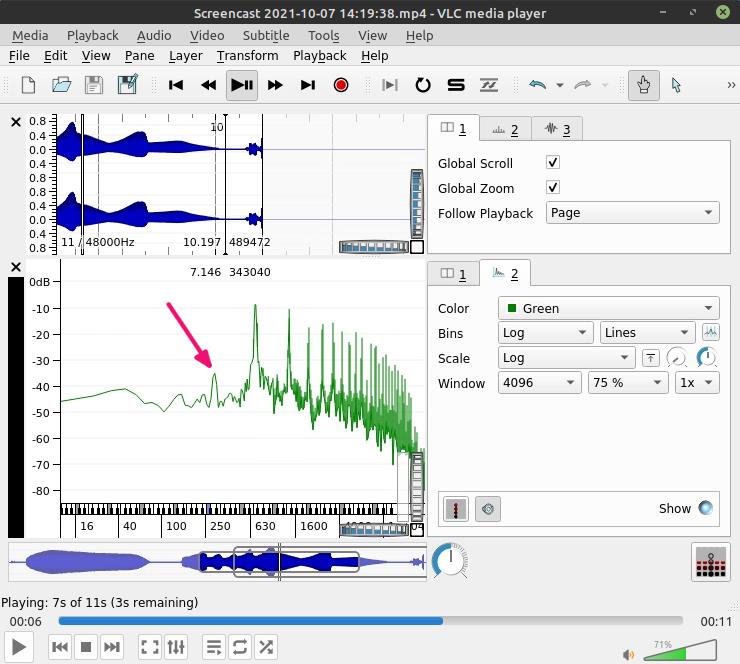"The “ghost frequency” in this video sticks out like a sore thumb! (video cued)." - coalport
The video for me just starts at the beginning. Where exactly in it are you hearing the ghost tones? [EDIT] Never mind, I see you have it cued up on Levnet at 9:17.
I must admit that I'm one of the ones that can't hear them at all in the previous Claravox video. I even downloaded it, extracted the audio, and examined the spectra. But I have some tinnitus which could be masking it.
In general, I wonder if the YouTube transcoding process has anything to do with this? They can really mangle stuff when you upload it, and altering the sample rate can be a tricky thing to not introduce audible artifacting, not to mention the compression process as well.
[EDIT] I downloaded the M4A file of the Theremini video and definitely hear aliasing or something at 9:24. Here's an MP3 of just that: [MP3]


